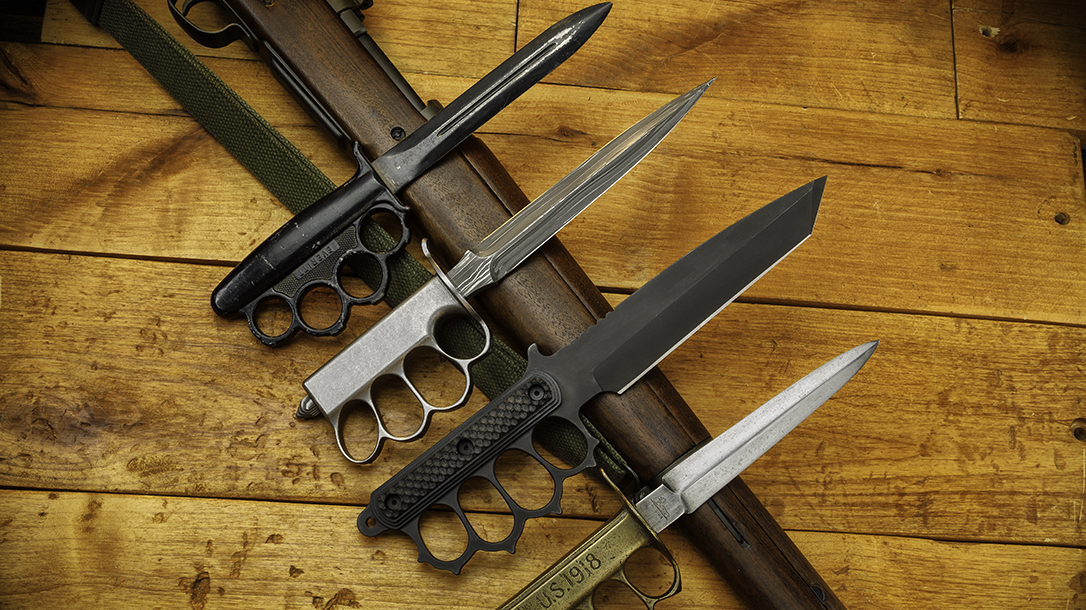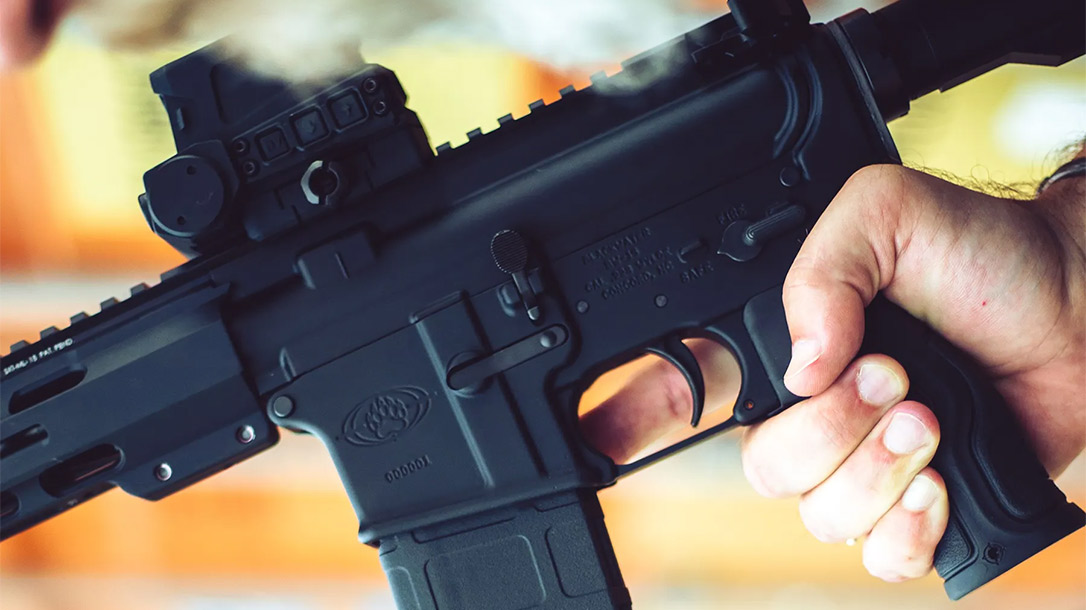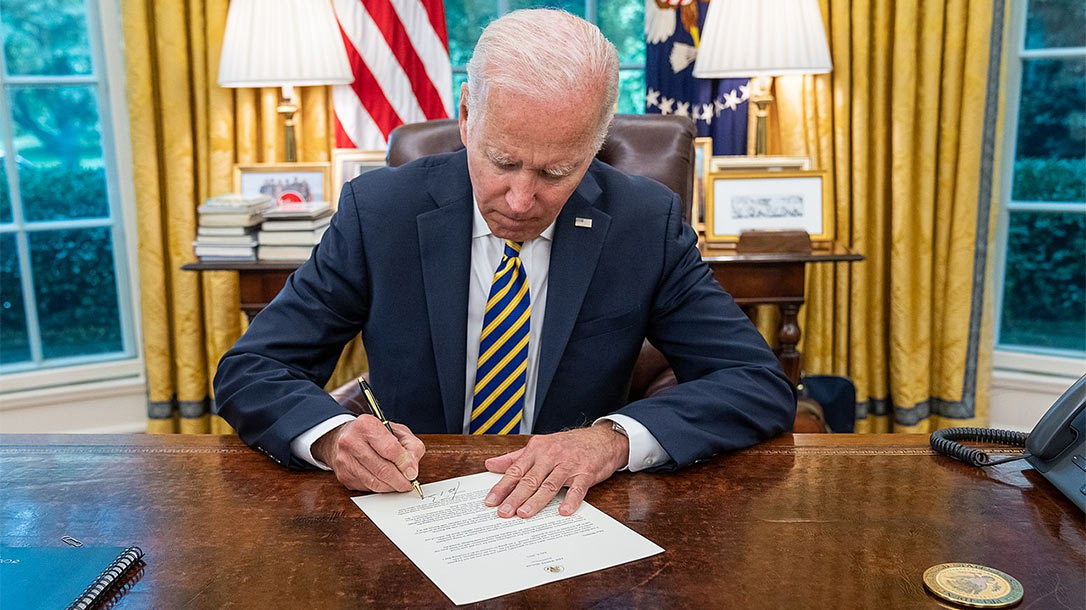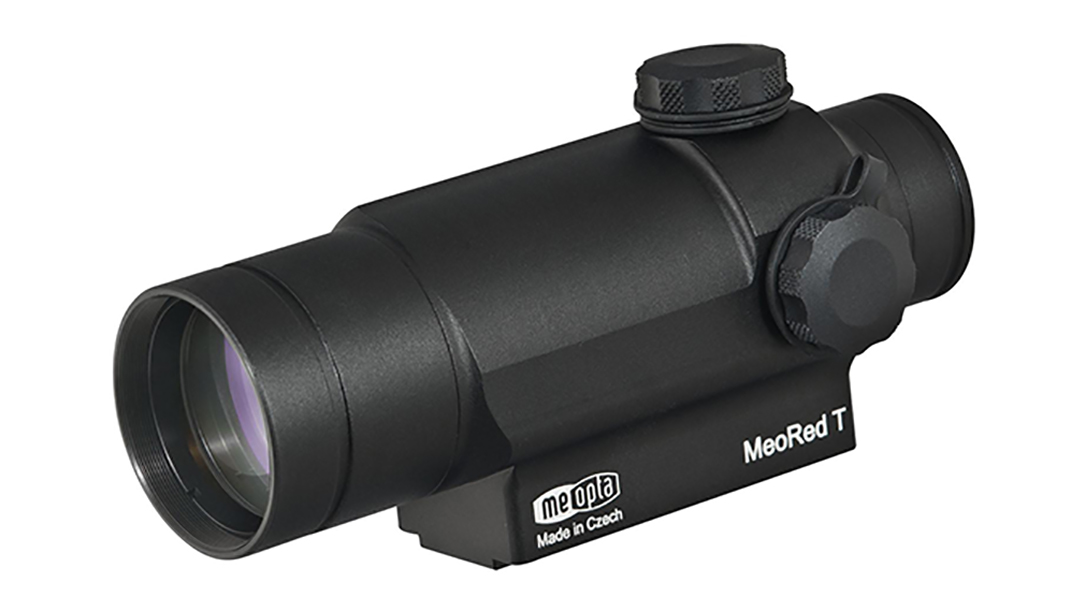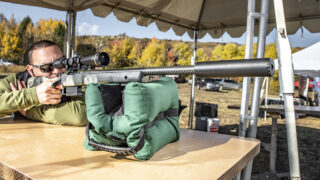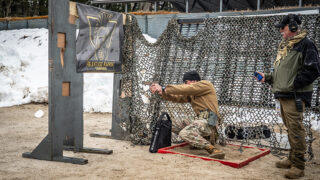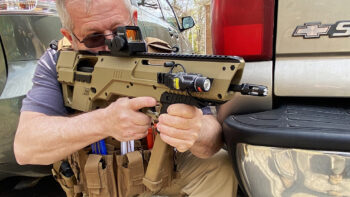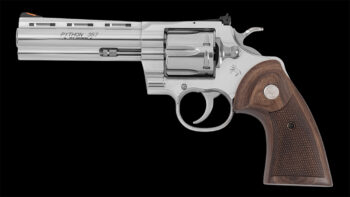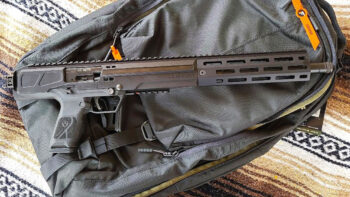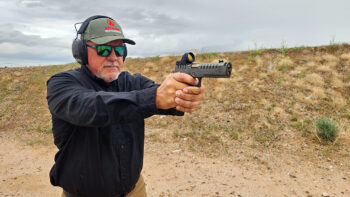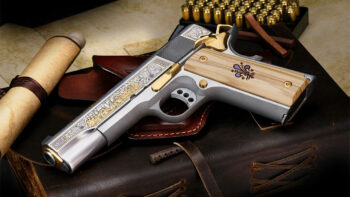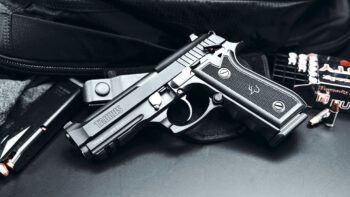The year is 1914, a time when men were men and the sheep ran scared. The setting is a foggy European landscape at night. The conditions are cold, wet, austere. You are hungry and scared, but still completely focused on the task at hand. You are also about to take the life of a man that you don’t know for the greater good of the world with a sentry-removal tool called the trench knife. This instrument of death gives you the option of either crushing his skull with its brass knuckle-style handle or skewering him with the blade.
With catlike agility, you sneak up behind the sentry and act upon your wise decision to first crack his head with the knuckles and then slice open his throat. You have truly used the trench knife to its fullest and completed your mission. OK, OK—back to reality folks … it’s 2020, you’re reading Skillset Magazine, and we’re about to discuss the collectibility of the most recognizable non-firearm killing tool.
The History of the Trench Knife
Before we talk about how collectible trench knives actually are, let’s get to know this weapon a bit. Although knife designs similar to the trench knife may have predated 1914, it wasn’t made famous until U.S. and foreign armed forces started using them in World War I. The trench knife got its name during the Great War, when troops would live in 20-foot-deep trenches.
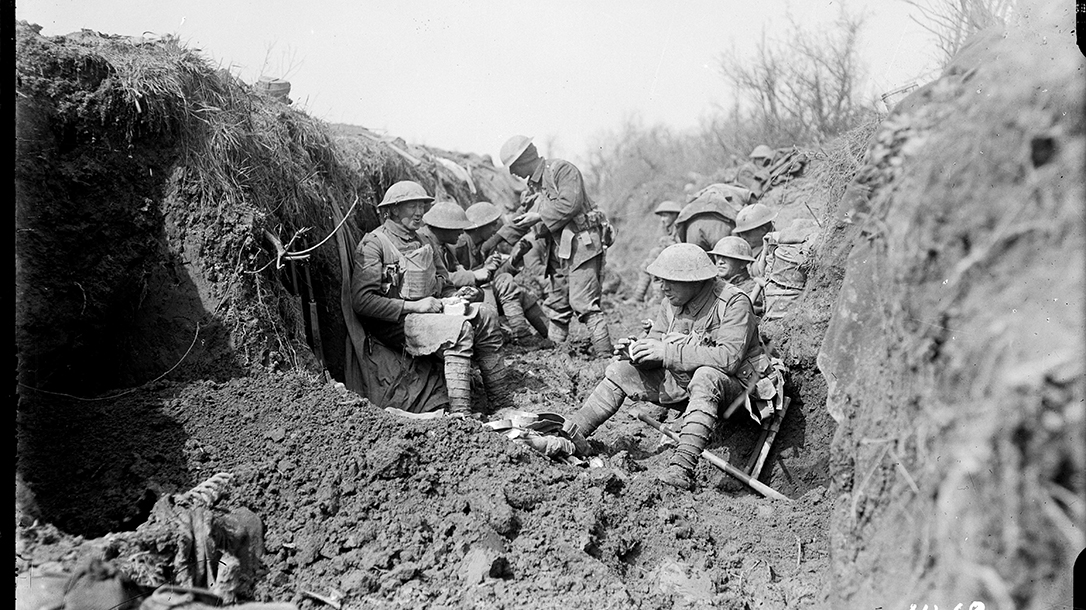
While the trench knife may have had utilitarian purposes, it was primarily designed to be a weapon, and, yes, it was designed to kill people quietly in the trenches without using a firearm. Some military and weapons enthusiasts argue that a trench knife can be any knife that was designed to be used in the trenches of war. However, most collectors and enthusiasts disagree and maintain that the trench knife is any fixed blade or spike with a guard to protect your fingers that can also be used as knuckles to smash someone’s face in.
The original trench knife used in World War I was made by French manufacturer Au Lion. This was followed by a one-million-piece order manufactured by the U.S. company Landers, Frary & Clark (L.F.&C.). The MK1 trench knife is an American trench variation and was designed by officers of the American Expeditionary Force (AEF) for use in World War I. Design changes led to the M1917 and M1918 trench knives. Toward the end of the war and after exhaustive testing, the AEF realized that the trench knife was too limited for soldiers to use as a utilitarian knif. After that it was strictly deployed as a man-killing tool.
The Knives
Regarding their collectibility, trench knives are weapons that will never go out of style. They will continue to increase in value if you buy original manufactured ones made for military use under contract. Of course, there are some versions that defy the rules, such as custom-made ones by well-known tactical knife makers. The average price for a trench knife is as low as $500 and can average up to $1,500 (even though there are some that go for thousands). The most desirable ones (not the rarest) are from L.F.&C. A lot of the trench knives made by L.F.&C. are stamped under the hilt with their name and the letters U.S. and the years 1917 and 1918.
The blades on these are typically just a triangular spike, with a wooden handle and a metal guard with spikes on it. The sheaths are generally made out of metal as well. It is very important to know that you should not expect to find these dead mint, since most of them are from World War I and are over one hundred years old. It is normal to see some wear and tear, maybe a little bit of rust and a lot of patina. In addition, another U.S. company called A.C. CO. made an extremely rare, collectible trench knife. These look very similar to L.F.&C. knives but are manufactured a bit cleaner and nicer.
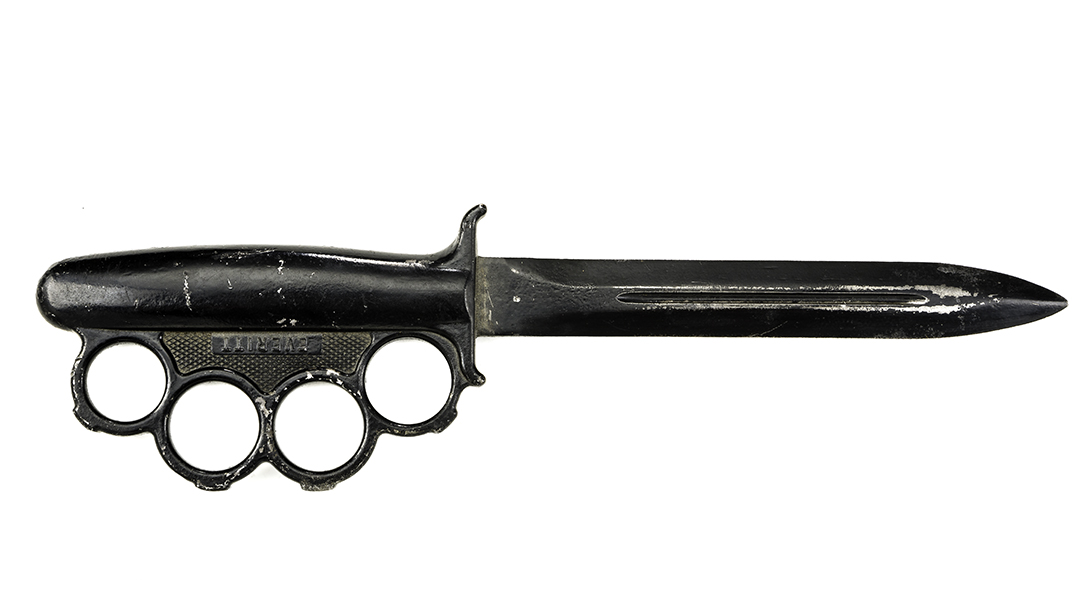
Next, I am going to advise that if you are buying trench knives to make money (which you totally can), you need to really do your homework. Plenty of trench knives have been cut down in size or modified for various reasons. Sometimes these modifications are acceptable and will not affect the value, but sometimes they will greatly diminish the knife’s worth.
The Collector Marketplace
There are experts that travel the knife- and gun-show circuit who can guide you so you don’t get ripped off. People like Paul Farina and Art Green have a wealth of knowledge and are honest purveyors who want to see people enjoy the art of collecting vintage military knives. Both myself and fellow Skillset Magazine contributor Brady Miller have made multiple purchases from both. Just know that if you decide to build a collection of trench knives, it’s a safe bet for your money. Feel free to DM me on Instagram if you have any questions @Hank_Greenberg_.
Looking Forward
Here are some other collectibles to look at for investment purposes:
- Old-school Nintendo games are on the rise. Yup, your old games from the 80s are becoming super collectible and are fetching high dollars. If you are able to find new-in-box Nintendo games (original 8-bit), buy them all up. A Super Mario Bros. 3 in-the-box game just sold on eBay for $500; however, you can still find some very desirable games out there for about $100.
- Vintage Heckler & Koch P9 pistols are, without a doubt, undervalued and have a high chance of appreciating. These pistols are some of HK’s finest shooting firearms and were only manufactured from 1969-1978. Spend the extra money if you’re able to afford cleaner versions, especially if they come with box and papers. The average cost of a HK P9 is $750, and will only double in price over the next few years.
For even more high-end “alpha lifestyle” collectibles , check out our podcast Skillset Live! Get in on the conversation on our social media pages or pick up a back issue at OutdoorGroupStore.com!








